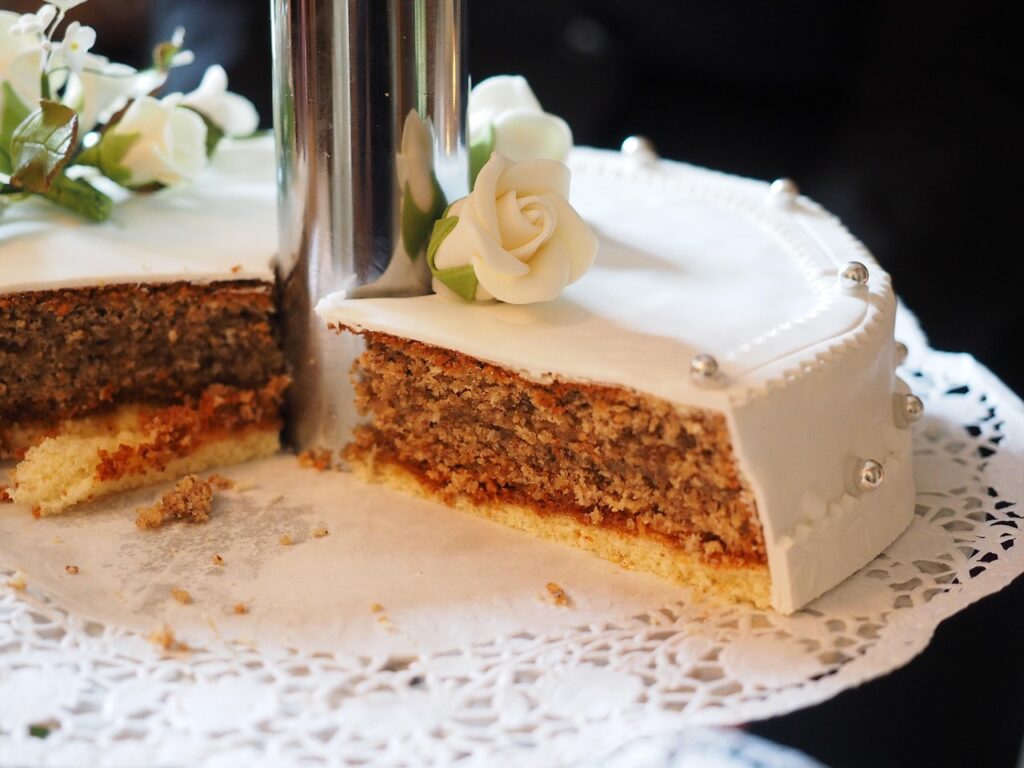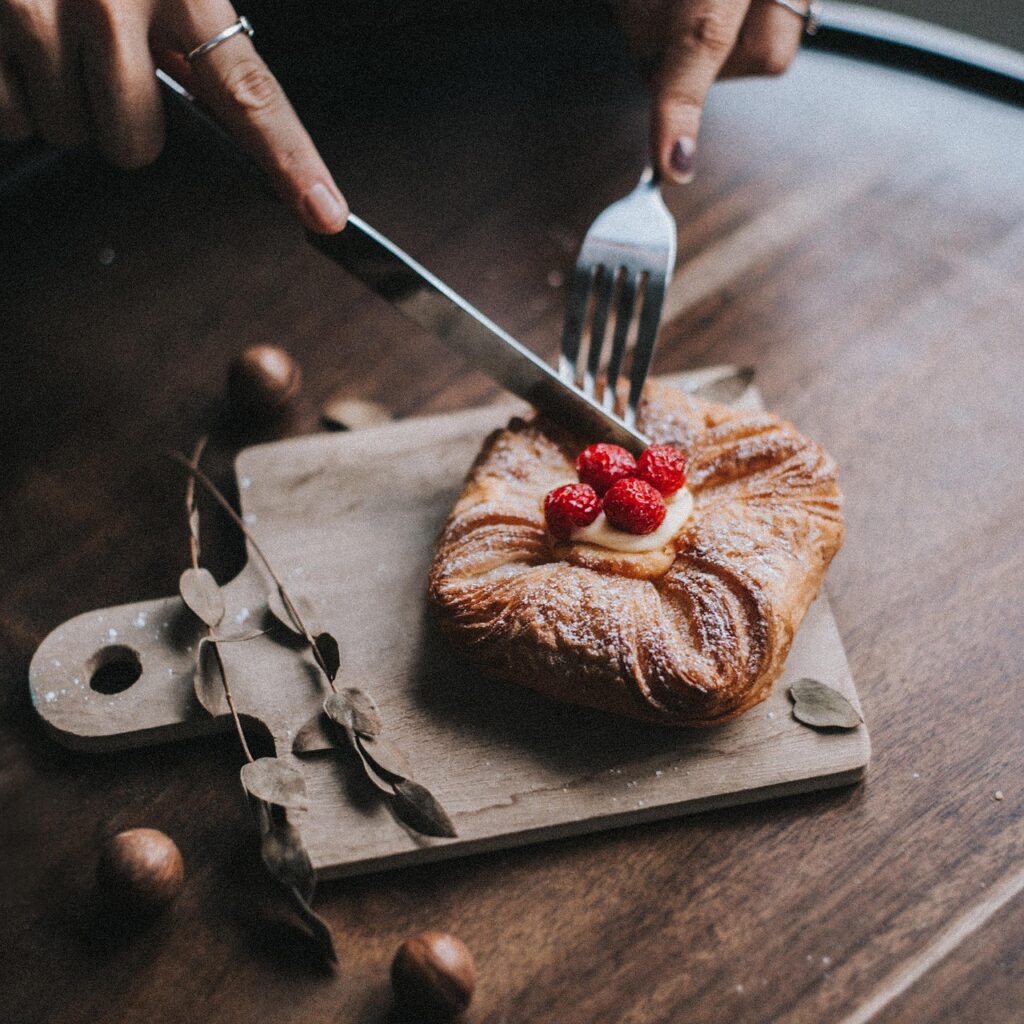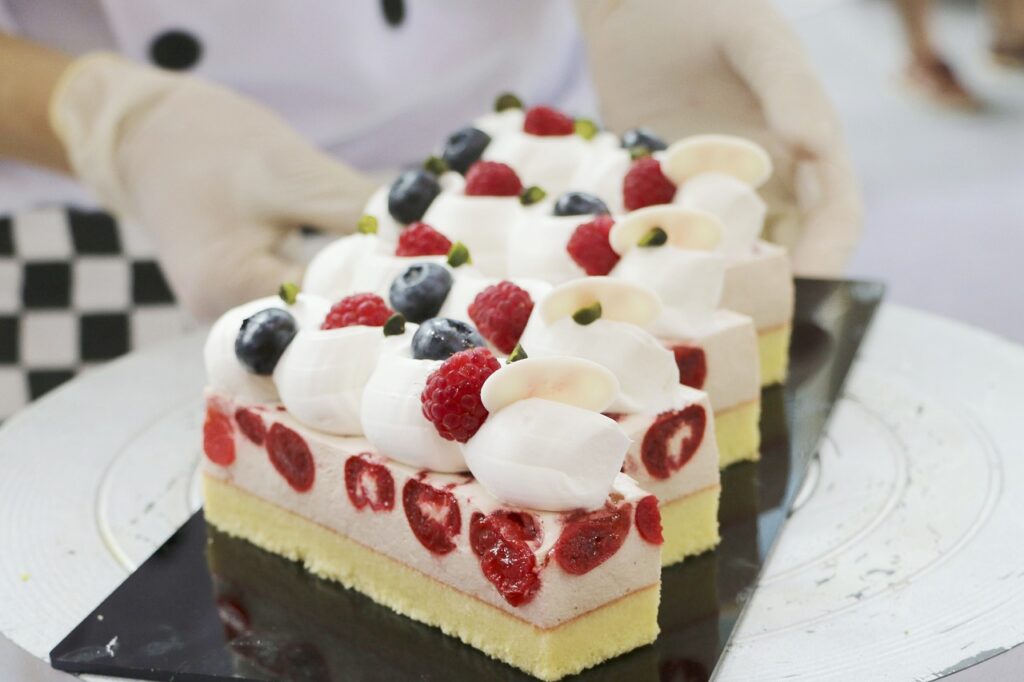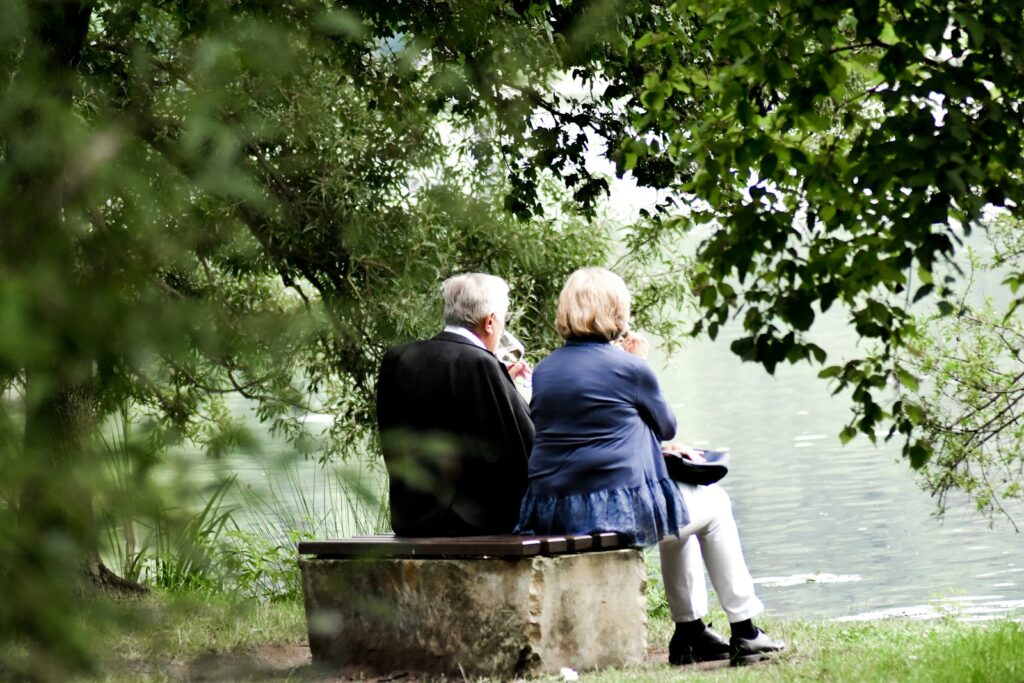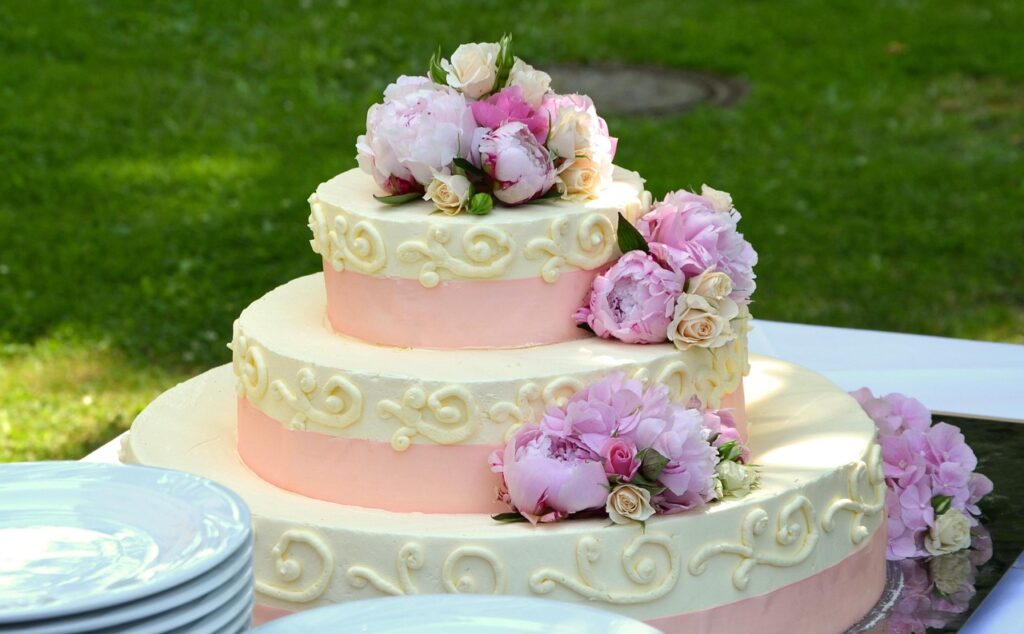
Whether celebrating a birthday, graduation, or even a divorce, milestones often call for cake. You might bring a beautifully decorated custom cake and hand it to the wait staff, assuming the gesture of cutting and serving it is simply part of their hospitality. After enjoying your meal, the server offers to cut the cake for you, and you gladly accept, appreciating the kindness. However, when the check arrives, you discover an unfamiliar charge—such as a $25 fee labeled simply “Cake Cut.” This is exactly what happened to TikToker Gigi (@vivala_blondiiie). Her viral video, captioned “I didn’t know this was a thing?!?,” captured the surprise many consumers feel when encountering the so-called ‘cake cutting fee.’
This unexpected fee, often nicknamed ‘cakeage’ as a playful reference to the more familiar ‘corkage’ charge, has existed for quite some time but remains unknown to many diners. It is a restaurant or venue charge for slicing and serving a cake brought from outside rather than purchased on-site. For Gigi, dining with a small party, the $25 fee was a significant portion of her $113 subtotal before taxes, turning a simple act of hospitality into an unwelcome expense. Her TikTok viewers’ reactions underscored widespread unfamiliarity with this add-on and sparked an important conversation about billing transparency.
Understanding Cake Cutting Fees: Reasons Behind the Charge
A cake cutting fee is imposed by some venues—typically hotels, restaurants, and event spaces—to cover the labor and resources needed to slice and serve an outside cake. The fee varies, usually between $1 and $5 per guest, but can be as high as $25, as seen in Gigi’s case. The charge compensates the venue for the time and effort their staff must dedicate to cutting the cake, arranging it neatly on plates, and serving it to guests.
Labor is the primary factor. Serving a cake requires staff to pause their other duties and focus on handling the dessert properly. The venue also needs to provide necessary equipment like cake stands, utensils, and plates, which adds to operational costs.
Liability is another consideration. When guests bring cakes from outside, the venue takes on some risk. If a guest experiences an allergic reaction or choking incident related to the cake, the venue could potentially be held responsible. The fee helps offset this liability by recognizing the risks of serving food not prepared under the venue’s supervision.
Lost revenue also plays a key role. Restaurants rely on selling their own food and desserts. When customers bring outside cakes, venues miss out on selling their in-house options. The cake cutting fee acts as compensation for this lost income. Additionally, parties with outside cakes tend to occupy tables for extended periods, requiring staff time and resources without generating revenue from dessert sales.
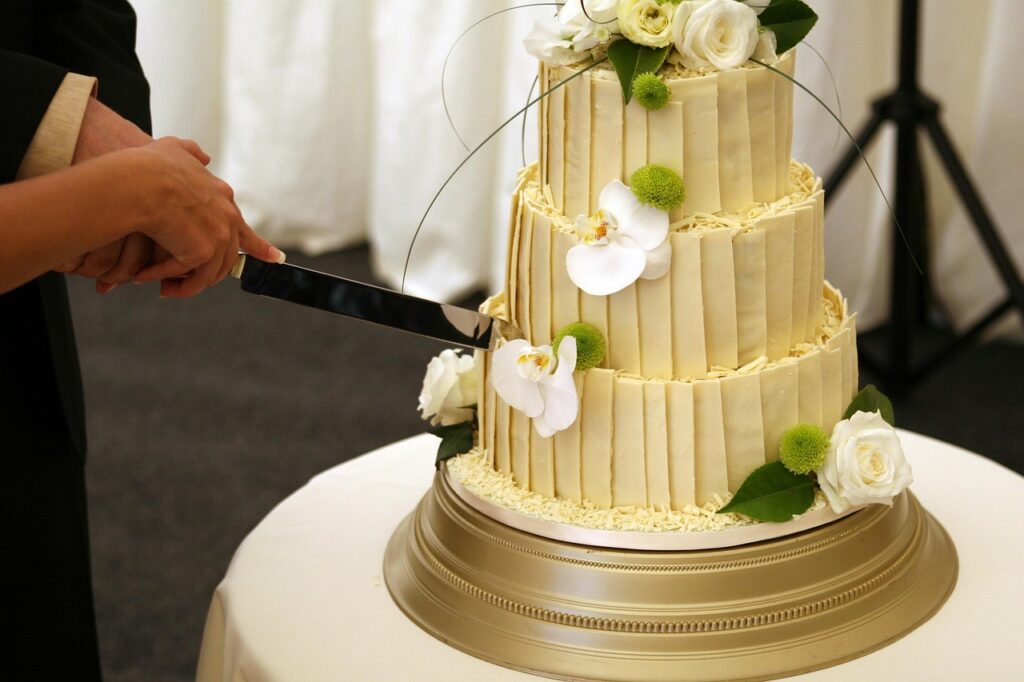
How Venues Set Cake Cutting Fees
Venues determine these fees based on several factors, including labor costs, equipment expenses, and the complexity of the dessert. Some charge a flat fee per guest, others a percentage of the total catering bill. Intricate cakes, such as multi-tiered designs or those requiring special utensils or garnishes, may incur higher fees due to additional effort. The total number of guests and length of the event also influence the charge, ensuring it reflects the resources used.
The term ‘cakeage’ borrows from the concept of ‘corkage fees’ for bringing outside wine into a restaurant. The practice of charging for outside food and drink has been explored in media such as a 2016 New York Times article, which also mentioned an Instagram account showcasing unusual cakes brought by customers, where ‘cakeage’ fees were regularly applied.
Industry Norms and Consumer Reactions
Cake cutting fees are common within the event and catering industries, especially for weddings and special gatherings. Many venues include this charge in their contracts or catering packages. While the fee itself is standard, the lack of clear upfront communication often surprises customers. Gigi’s experience and the comments on her video reflect this issue: viewers recognize the fee as normal but criticize the absence of disclosure.
One viewer commented, “Totally a thing. Because then they bring plates and forks, which they then have to wash. But it was wrong that you weren’t told of a fee.” Another advised, “Yes. If you bring your own every restaurant charges a cutting fee. You should inquire first.”
This highlights a crucial need for transparency. When servers offer to cut a cake, customers often assume it is complimentary, creating frustration if a charge later appears without prior notice. Venues should clearly communicate their cake cutting policies and fees before confirming events to avoid confusion and ensure fairness.
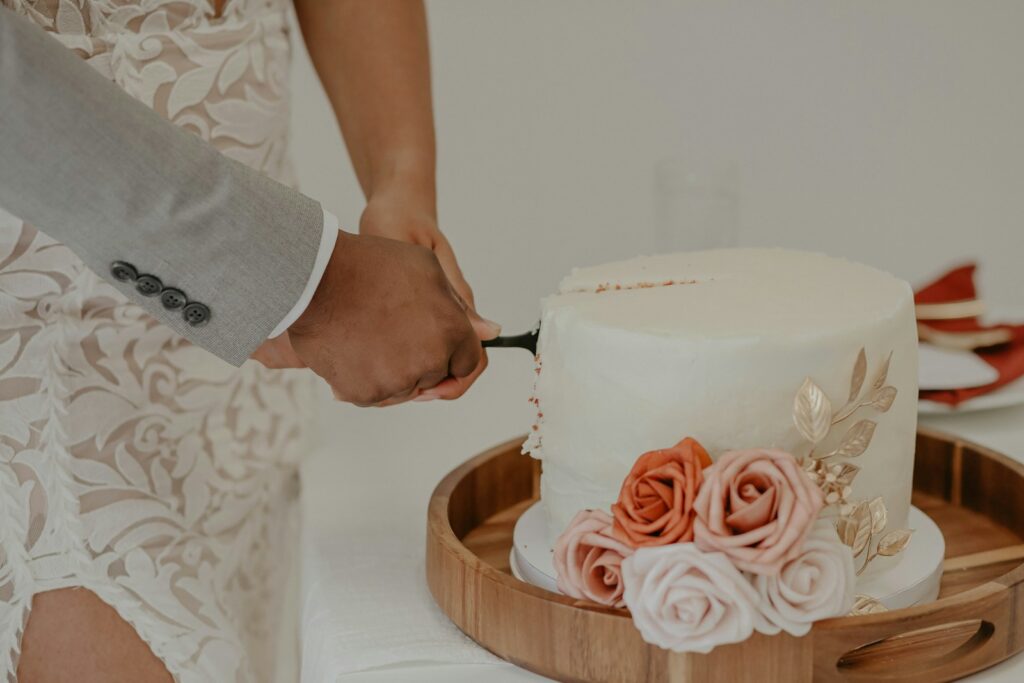
Comparing Cake Cutting Fees to Other Restaurant Charges
Cake cutting fees are part of a broader set of additional charges diners might encounter. These include automatic gratuity for large parties, typically 18%, intended to fairly compensate servers. Service surcharges, sometimes called “COVID surcharges,” generally around 5%, support employee health and safety expenses. Split plate fees, often around $5, apply when entrees are divided onto multiple plates.
Each fee serves to balance hospitality with operational costs. Consumers benefit most by being informed about these charges beforehand, allowing for better budgeting and avoiding surprises when the bill arrives.

Smart Strategies to Manage Cake Cutting Fees
Event planners and diners can navigate cake cutting fees through proactive planning and clear communication. Before booking a venue, ask detailed questions about outside food policies, the existence of cake cutting fees, their costs, and what services they cover. Request written confirmation of these details to prevent misunderstandings.
Review the venue’s full billing policies, including other common fees, to anticipate all expenses. If avoiding the fee is a priority, look for venues that waive it, especially when purchasing cakes through their in-house bakery or catering. Many venues offer this incentive to encourage on-site dessert sales.
Negotiation can also be effective, especially for large events. Approaching discussions respectfully and with knowledge of typical fees may lead to waivers, discounts, or package deals that incorporate the cake cutting service.
Alternative dessert options can reduce or eliminate cutting fees. Cupcakes, individual pastries, or a dessert bar with pre-portioned items require less staff effort. Some couples opt for decorative cakes for photos and serve sheet cakes to guests, which might also involve fees but are often less expensive overall.
When a server offers to cut your cake, politely ask if a fee applies. Questions like “Is there a charge for this service?” can prevent unexpected costs. If a fee appears on your bill without prior notice, it is reasonable to request its removal, emphasizing the lack of disclosure.
Benefits and Venue Policies on Cake Service
Paying a cake cutting fee can provide convenience, reduce stress, and ensure professional presentation. Venue staff experienced in food service handle slicing, plating, and serving efficiently, allowing hosts to focus on enjoying the event. This enhances the guest experience and the visual appeal of the cake as a centerpiece.
Bringing outside staff to cut and serve cake is rarely allowed. Venues face liability risks and must comply with health and safety regulations. Outside personnel may disrupt the venue’s operations and violate labor agreements. These factors make it difficult for venues to permit external cake service teams.
The ‘cakeage’ fee is a well-established practice rooted in venues’ need to cover labor, liability, and lost revenue. For consumers, understanding the rationale behind the charge and actively seeking information empowers better event planning. Clear communication, negotiation, and exploring alternatives help avoid billing surprises and maintain the joy of special occasions.
By being informed and proactive, the cake remains a sweet highlight of any celebration, not an unexpected financial burden.

